So, you’ve got yourself an adorable Angora rabbit, but now you’re wondering how to groom them without causing any discomfort. Well, fret not, because in this article, we’ve got you covered! Grooming an Angora rabbit requires special care and attention, considering their unique long and silky coat. From the right tools to proper techniques, we’ll provide you with all the content tips you need to know to keep your Angora rabbit looking healthy and feeling happy.
If you’re curious about how to groom your Angora rabbit with care, you’re in the right place! In this article, we’ll be delving into the essential steps and techniques for proper grooming, ensuring your rabbit’s coat stays tangle-free and their skin remains healthy. We’ll also highlight the necessary tools you’ll need, such as brushes and combs designed specifically for their delicate fur. So, whether you’re a new Angora rabbit owner or simply looking for some professional grooming tips, look no further! Stay tuned to learn all the content tips and tricks for grooming your Angora rabbit like a pro.
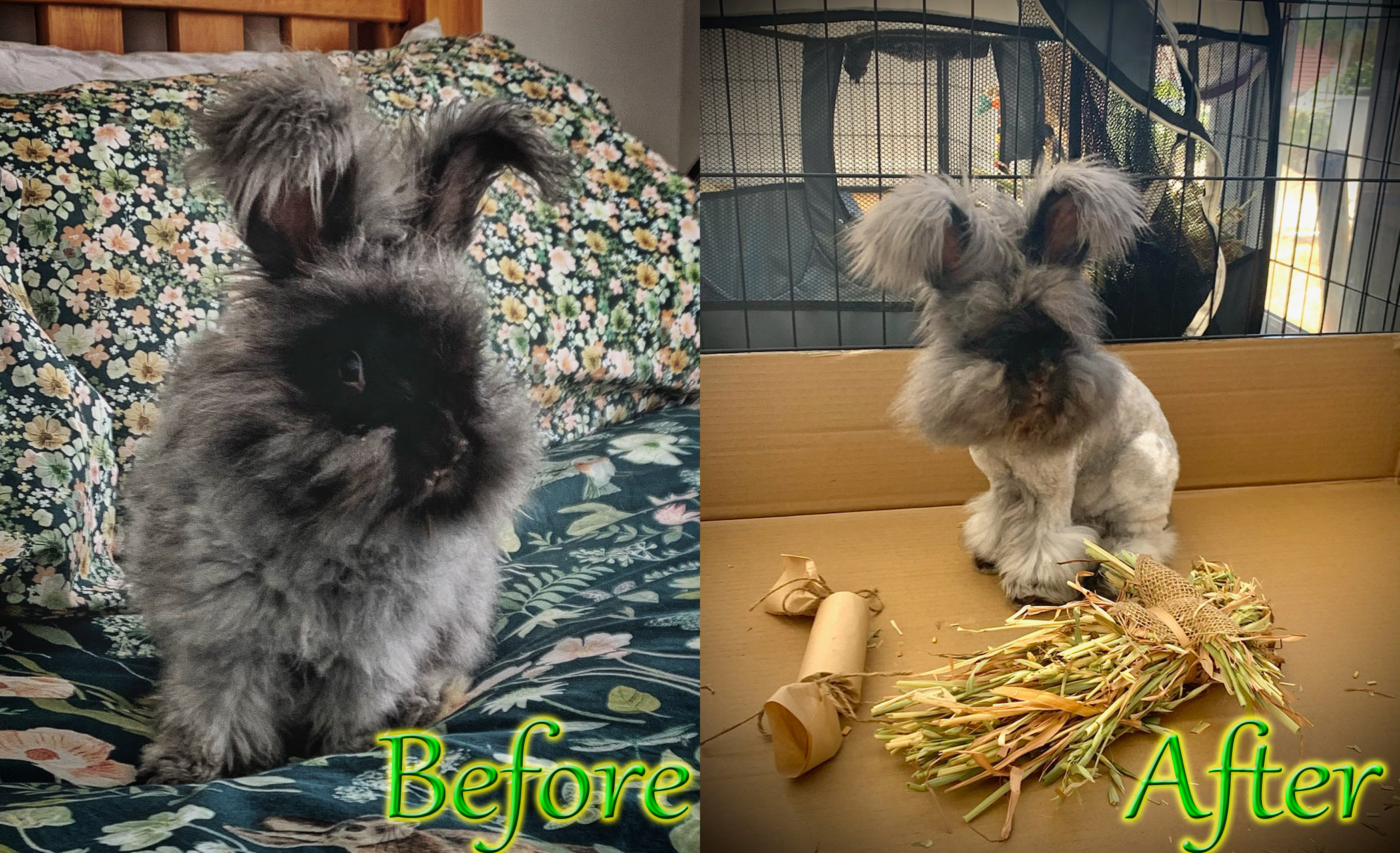
Tips for Grooming Your Angora Rabbit with Care
As a proud owner of an Angora rabbit, one of your top priorities is ensuring that your furry friend stays healthy and comfortable. Regular grooming is essential for maintaining the health and well-being of Angora rabbits, especially when it comes to their delicate and luxurious coats. In this article, we will explore the importance of grooming and provide you with useful tips and techniques to groom your Angora rabbit with care.
Maintaining Healthy Fur
Angora rabbits are known for their beautiful and fluffy coats, but without proper grooming, their fur can become matted and tangled. Regular brushing helps to remove loose fur, preventing it from becoming trapped and causing discomfort to your rabbit. It also stimulates the blood flow to their skin, promoting a healthy coat and preventing the formation of painful mats.
Preventing Matting and Tangles
The long-hair coats of Angora rabbits are prone to matting and tangles, which can be painful for your rabbit and even lead to skin infections. To prevent these issues, it is crucial to establish a regular brushing routine. Brushing your Angora rabbit two to three times a week can significantly reduce the chances of matting and tangles. Be sure to pay special attention to areas with dense fur, such as the flanks, tail, and under the chin.
Removing Loose Fur
Angora rabbits naturally shed their fur throughout the year, and without regular grooming, loose fur can accumulate and lead to the formation of hairballs in their digestive system. Regular brushing helps to remove the loose fur, reducing the risk of hairballs and maintaining the cleanliness of their coat. It also helps to minimize the amount of fur your rabbit ingests while grooming itself.
Understanding Angora Rabbit’s Coat
To properly groom your Angora rabbit, it is essential to understand the unique characteristics of their coat and the specific care it requires.
Types of Angora Rabbit Coats
There are four main types of Angora rabbit coats: English, French, Giant, and Satin. Each type has its own distinct qualities, including fur length, texture, and overall appearance. English Angoras have a dense, wool-like coat, while French Angoras have a softer and silkier texture. Giant Angoras have a combination of guard hairs and wool, making their coat denser and more resilient. Satin Angoras have a glossy, satin-like coat that is less prone to matting.
Key Characteristics of Long-Haired Coats
Long-haired Angora rabbits require extra attention and care when it comes to grooming. Their coats can easily tangle and mat if not properly maintained. The wooly nature of their fur makes it more susceptible to tangling, especially during shedding seasons. Regular brushing and careful attention to problematic areas will help keep their fur in optimal condition.
Dealing with Shedding of Fur
Angora rabbits go through shedding phases throughout the year. During these times, it is important to increase the frequency of grooming to prevent excessive matting. A slicker brush or comb can help remove the loose fur effectively, reducing the chances of it getting tangled in the remaining coat.
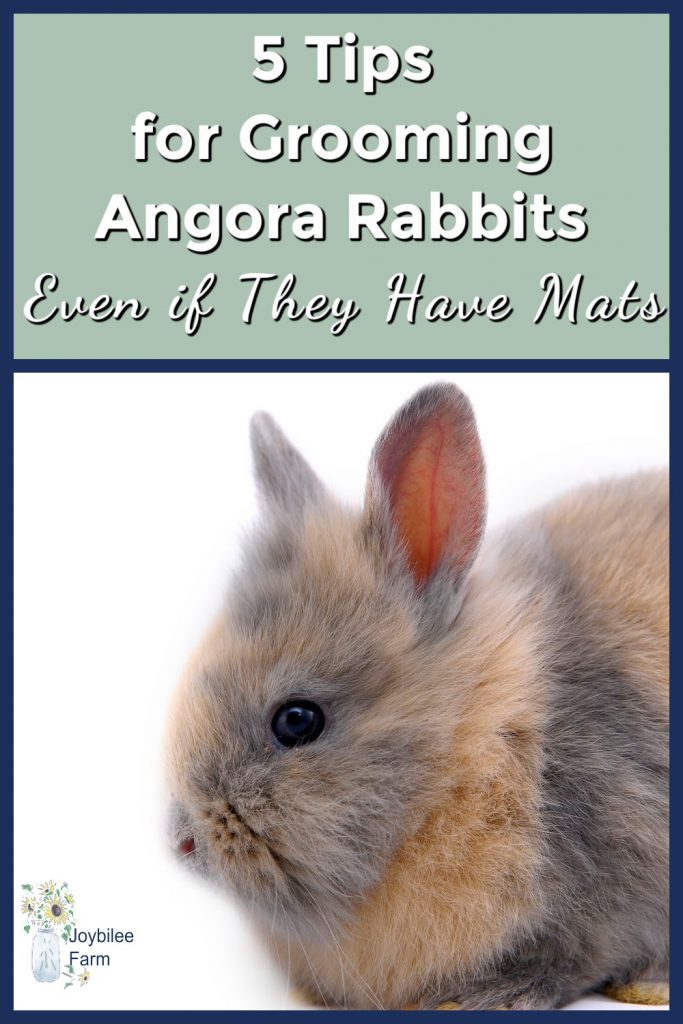
Preparing for Grooming
Before you begin the grooming process, it is essential to gather the right tools and create a calm and safe environment for your Angora rabbit.
Gathering the Right Tools
To properly groom your Angora rabbit, you will need a few essential tools. These include a slicker brush, a wide-toothed comb, grooming scissors, a nail clipper designed specifically for rabbits, and a soft towel or blanket. It is important to invest in quality grooming tools to ensure the comfort and safety of your rabbit during the grooming process.
Creating a Calm and Safe Environment
Grooming can be a stressful experience for some Angora rabbits. To minimize their stress and ensure their safety, choose a quiet area free from distractions. Make sure to remove any potential hazards that could harm your rabbit, such as electrical cords or small objects. Cover a sturdy table or use a nonslip mat on the floor to provide a secure surface for grooming. Additionally, keeping a supply of healthy treats nearby can help reward your rabbit and make the grooming experience more enjoyable for them.
Regular Brushing Routine
Establishing a regular brushing routine is essential for maintaining your Angora rabbit’s coat and overall health.
Choosing the Appropriate Brush or Comb
When it comes to brushing your Angora rabbit’s long hair, a slicker brush or a wide-toothed comb is the most suitable option. The slicker brush has fine, short wires that can easily detangle and remove loose fur. The wide-toothed comb is useful for working through larger mats or tangles. It is important to use gentle, short strokes while brushing to avoid causing any discomfort or pain to your rabbit.
Brushing Techniques for Long-Haired Coats
Begin the brushing process by gently combing through your Angora rabbit’s coat using the slicker brush. Start from the top and work your way down, making sure to reach the skin and remove any tangles or mats. It is crucial to be patient and gentle throughout the process, as pulling or tugging on the fur can cause discomfort and pain for your rabbit. If you encounter any particularly stubborn mats, use the wide-toothed comb to carefully work through them, taking care not to hurt your rabbit’s delicate skin.
Addressing Sensitive Areas
Angora rabbits have a few sensitive areas that require extra care and attention during grooming. These areas include the eyes, ears, and rear end. Use a soft towel or blanket to gently cover your rabbit’s eyes and maintain a calm and secure environment. When it comes to the ears, check for any dirt or debris and gently wipe them with a damp cotton ball or a rabbit-safe ear cleaning solution. Pay careful attention to the rear end as well, as fur can become easily matted in this area. Regularly trimming the fur around the rear end can prevent the formation of mats and keep your rabbit comfortable.
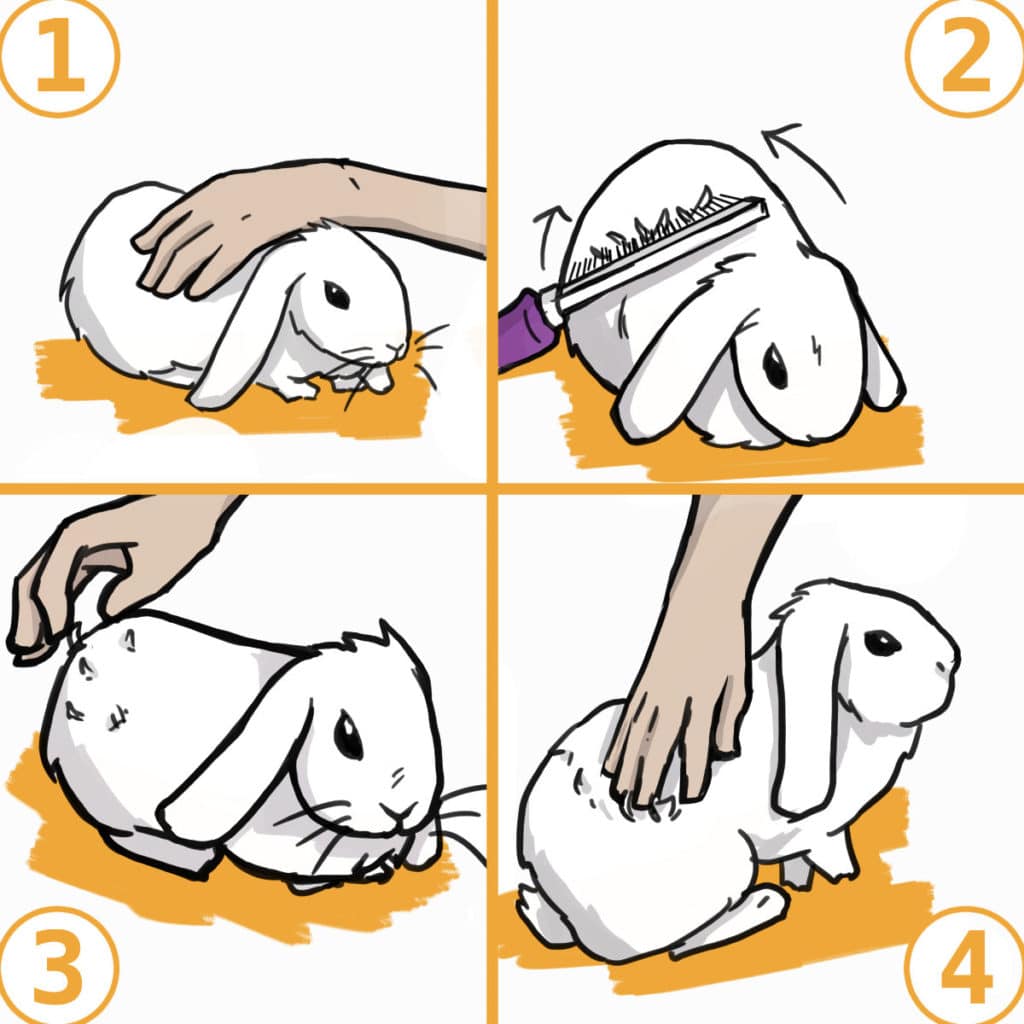
Bathing Your Angora Rabbit
Bathing an Angora rabbit is not necessary unless there is a specific reason, such as excessive dirt or a skin condition that requires medical intervention. However, if you do need to bathe your rabbit, it is important to do so with caution and using the appropriate techniques.
When and How Often to Bathe
As the natural oils in an Angora rabbit’s fur help keep it clean and healthy, it is generally recommended not to bathe them too often. Bathing too frequently can strip their fur of these oils, leaving it dry and more prone to tangling and matting. Bathe your Angora rabbit only when necessary, and consult with a veterinarian if you are unsure about the frequency.
Using Rabbit-Safe Shampoo
When bathing your Angora rabbit, always use a rabbit-safe shampoo specifically formulated for their delicate skin. Regular shampoos or those intended for other animals can be too harsh for rabbits and may cause skin irritations or allergic reactions. Gently massage the shampoo into your rabbit’s wet fur, taking care to avoid their eyes, ears, and nose. Rinse thoroughly to ensure that no soap residue remains on the coat, as it can cause itchiness and discomfort.
Proper Drying Techniques
After bathing your Angora rabbit, it is crucial to dry their fur properly. Avoid using a hairdryer or any other heat source, as they can easily burn or stress your rabbit. Instead, wrap your rabbit in a soft towel and gently pat them dry. Ensure that their fur is fully dry before returning them to their enclosure or allowing them to roam freely. Wet fur can lead to chilling or matting, which can be uncomfortable and harmful for your rabbit.
Trimming the Fur and Nails
Regular trimming of your Angora rabbit’s fur and nails is an important part of their grooming routine. It helps to maintain the health and comfort of your rabbit, as well as prevent them from accidentally injuring themselves.
Determining the Ideal Fur Length
The ideal fur length for your Angora rabbit depends on their specific breed and your personal preferences. Regular trimming can help maintain the fur at a manageable length, reducing the chances of it becoming tangled or matted. Consult breed-specific guidelines or consult with a veterinarian or an experienced Angora rabbit breeder for recommendations on fur length.
Safe and Effective Trimming Methods
When trimming your Angora rabbit’s fur, always use grooming scissors specifically designed for rabbits. Start by identifying the areas that need trimming, such as the fur around the rear end, the belly, or any particularly long strands. Gently snip the fur using small, cautious cuts, taking care not to cut too close to their skin or to accidentally injure them. If you are unsure or uncomfortable with trimming the fur yourself, it is always best to seek professional assistance from an experienced groomer.
Tips for Nail Trimming
Trimming your Angora rabbit’s nails is essential to prevent overgrowth, which can result in discomfort and potential injuries. Use nail clippers designed specifically for rabbits, as regular clippers may cause crushing or splintering of the nails. Take care not to cut too close to the quick (the pink portion of their nail), as it is sensitive and can cause bleeding and pain. Regularly inspect your rabbit’s nails and trim them when necessary.
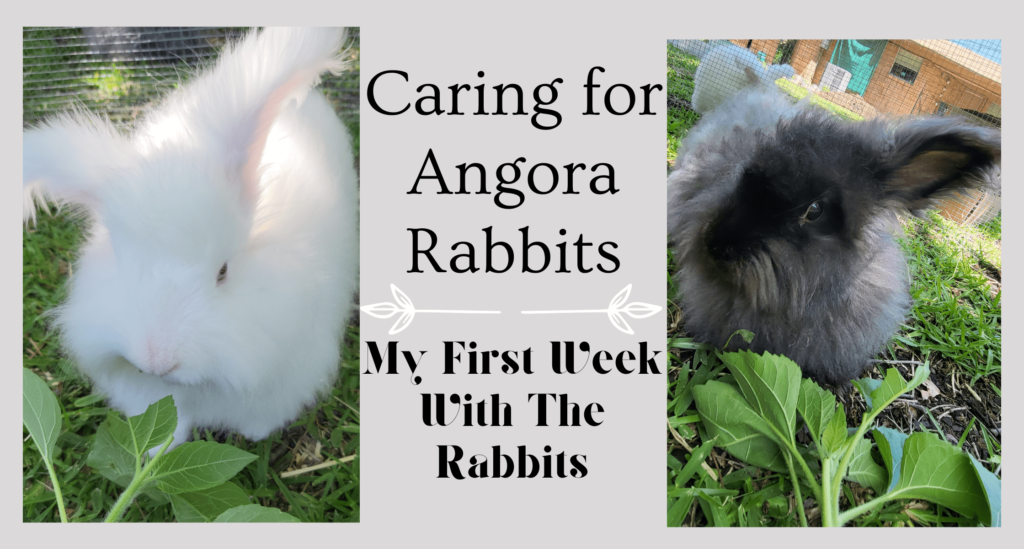
Caring for the Eyes, Ears, and Teeth
In addition to fur and nail care, proper grooming includes caring for your Angora rabbit’s eyes, ears, and teeth.
Cleaning the Eyes and Ears
Angora rabbits are prone to eye and ear issues, so regular cleaning is important to maintain their health. Dampen a soft cotton ball or pad with warm water or a rabbit-safe eye or ear cleaning solution. Gently wipe around their eyes, being careful not to touch their actual eyeballs. For the ears, gently wipe the outer surface and avoid inserting anything into the ear canal. Seek veterinary assistance if you notice any discharge, redness, or swelling in the eyes or ears.
Monitoring Dental Health
Dental problems can be common in Angora rabbits, so it is important to monitor their dental health regularly. Provide your rabbit with a diet that consists primarily of hay, which helps wear down their teeth naturally. Regularly observe their eating habits and look for signs of dental issues, such as difficulty eating, drooling, or excessive tooth growth. If you suspect any dental issues, consult with a veterinarian who specializes in rabbit care.
Handling Dental Issues
If your Angora rabbit does develop dental issues, it is essential to seek professional veterinary care. Dental problems can lead to discomfort or difficulty eating, negatively impacting your rabbit’s well-being. A veterinarian can perform a thorough examination and recommend appropriate treatment options, which may include dental filing or extractions if necessary.
Checking for Parasites and Skin Problems
Parasites such as fleas or mites can cause significant discomfort and health issues for your Angora rabbit. Regularly checking for signs of parasites or skin problems is crucial for their overall well-being.
Recognizing Signs of Parasites
Frequent scratching, hair loss, redness, or the presence of tiny black specks (flea droppings) are signs that your rabbit may have parasites. It is important to take immediate action to treat the infestation and prevent it from spreading to other pets or your home environment.
Treating Fleas, Mites, and Other Skin Issues
If you suspect your Angora rabbit has fleas, mites, or any other skin issues, consult with a veterinarian who specializes in exotic pets or rabbits. They can recommend appropriate medications or treatments to alleviate the discomfort and eliminate the infestation. Avoid using over-the-counter products intended for other animals, as they may be toxic to rabbits.
Consulting a Veterinarian
Regular check-ups with a veterinarian who specializes in rabbit care is an important aspect of maintaining the health and well-being of your Angora rabbit. They can perform routine examinations, address any concerns, and provide necessary vaccinations or treatments. If you notice any changes in your rabbit’s behavior or health, schedule an appointment with a veterinarian as soon as possible.
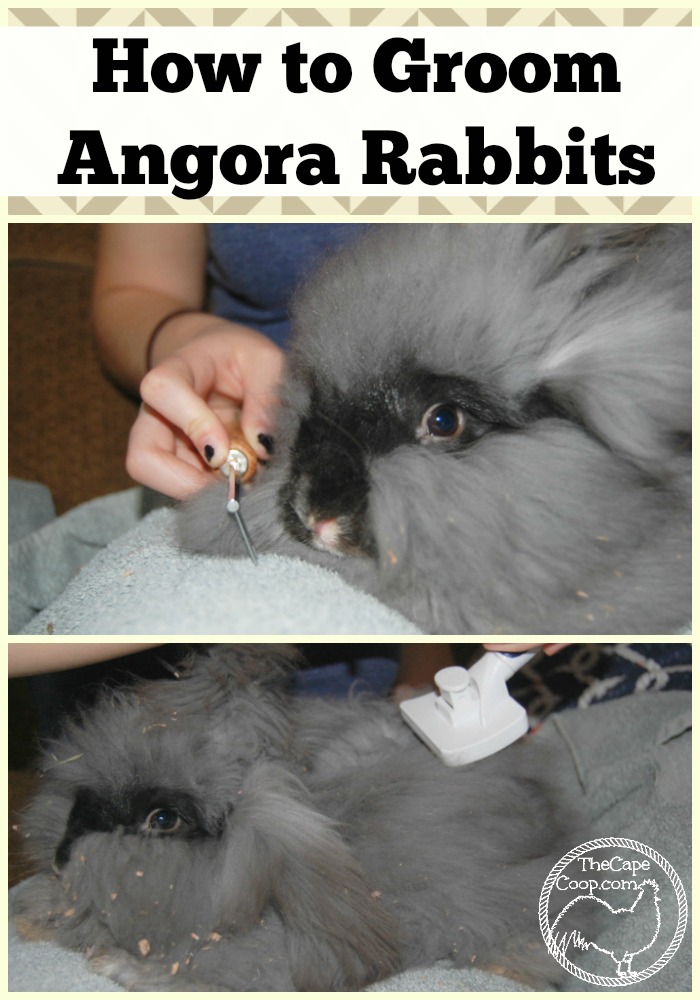
Dealing with Knots and Matting
Despite your best efforts, knots and matting can still occur in your Angora rabbit’s fur. It is important to tackle them gently and with care to minimize any discomfort.
Identifying Knots and Matting
Regular brushing will help prevent the formation of knots and matting, but occasionally, they may still appear. Knots are smaller, tangle-like formations, while matting occurs when sections of fur become densely intertwined. When you run your fingers through your rabbit’s coat, you may feel resistance or notice clumps of fur that are difficult to separate.
Gentle Detangling Techniques
To detangle knots or matting, use your fingers or a wide-toothed comb. Gently separate the tangled fur, working from the end of the knot towards the base. Take your time and be patient, ensuring that you do not pull or tug on the fur. If the knot or matting is severe, consider seeking professional assistance to avoid causing stress or discomfort to your rabbit.
Seeking Professional Assistance if Needed
For severe matting that cannot be easily detangled, it is best to seek professional assistance from an experienced rabbit groomer. Attempting to remove severe mats yourself may cause pain or injury to your rabbit’s delicate skin. A professional groomer can safely and effectively remove the matting, restoring the comfort and beauty of your Angora rabbit’s coat.
Conclusion
Regular and gentle grooming is a vital part of caring for your Angora rabbit. By following the tips and techniques outlined in this article, you can help maintain the health and comfort of your rabbit, as well as build a strong bond and trust with your furry friend. Remember to be patient, use appropriate grooming tools, and create a calm and safe environment during the grooming process. With proper grooming, you can ensure that your Angora rabbit enjoys the beauty and comfort of a well-maintained coat.
